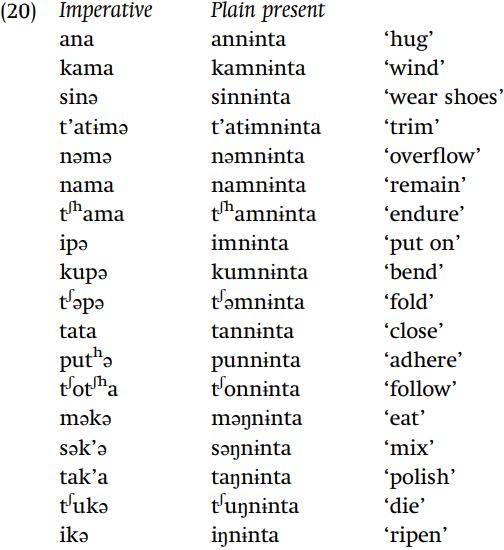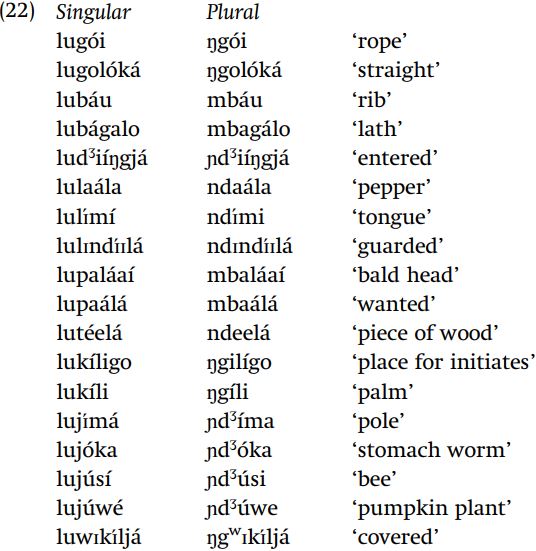

Grammar


Tenses


Present

Present Simple

Present Continuous

Present Perfect

Present Perfect Continuous


Past

Past Simple

Past Continuous

Past Perfect

Past Perfect Continuous


Future

Future Simple

Future Continuous

Future Perfect

Future Perfect Continuous


Parts Of Speech


Nouns

Countable and uncountable nouns

Verbal nouns

Singular and Plural nouns

Proper nouns

Nouns gender

Nouns definition

Concrete nouns

Abstract nouns

Common nouns

Collective nouns

Definition Of Nouns

Animate and Inanimate nouns

Nouns


Verbs

Stative and dynamic verbs

Finite and nonfinite verbs

To be verbs

Transitive and intransitive verbs

Auxiliary verbs

Modal verbs

Regular and irregular verbs

Action verbs

Verbs


Adverbs

Relative adverbs

Interrogative adverbs

Adverbs of time

Adverbs of place

Adverbs of reason

Adverbs of quantity

Adverbs of manner

Adverbs of frequency

Adverbs of affirmation

Adverbs


Adjectives

Quantitative adjective

Proper adjective

Possessive adjective

Numeral adjective

Interrogative adjective

Distributive adjective

Descriptive adjective

Demonstrative adjective


Pronouns

Subject pronoun

Relative pronoun

Reflexive pronoun

Reciprocal pronoun

Possessive pronoun

Personal pronoun

Interrogative pronoun

Indefinite pronoun

Emphatic pronoun

Distributive pronoun

Demonstrative pronoun

Pronouns


Pre Position


Preposition by function

Time preposition

Reason preposition

Possession preposition

Place preposition

Phrases preposition

Origin preposition

Measure preposition

Direction preposition

Contrast preposition

Agent preposition


Preposition by construction

Simple preposition

Phrase preposition

Double preposition

Compound preposition

prepositions


Conjunctions

Subordinating conjunction

Correlative conjunction

Coordinating conjunction

Conjunctive adverbs

conjunctions


Interjections

Express calling interjection

Phrases

Sentences


Grammar Rules

Passive and Active

Preference

Requests and offers

wishes

Be used to

Some and any

Could have done

Describing people

Giving advices

Possession

Comparative and superlative

Giving Reason

Making Suggestions

Apologizing

Forming questions

Since and for

Directions

Obligation

Adverbials

invitation

Articles

Imaginary condition

Zero conditional

First conditional

Second conditional

Third conditional

Reported speech

Demonstratives

Determiners


Linguistics

Phonetics

Phonology

Linguistics fields

Syntax

Morphology

Semantics

pragmatics

History

Writing

Grammar

Phonetics and Phonology

Semiotics


Reading Comprehension

Elementary

Intermediate

Advanced


Teaching Methods

Teaching Strategies

Assessment
Practice at problem solving
المؤلف:
David Odden
المصدر:
Introducing Phonology
الجزء والصفحة:
93-4
26-3-2022
1413
Practice at problem solving
You should now be able to apply this reasoning to data which pose analogous problems; a series of examples are given in this section for practice.
Chamorro vowel alternations. There are alternations in the quality of vowels in initial syllables in some contexts seen in the following data from Chamorro (Mariana Islands).

What underlying representations, and what rule or rules, are required to account for these data? When you answer this question, you should consider two hypotheses which differ in terms of what form is taken to be underlying – what are the two most obvious ways of treating these alternations? One of these hypotheses is clearly wrong; the other is the correct hypothesis.
Korean. Now consider the following data from Korean. The first column in (20), the imperative, seems to involve a vowel suffix. One reason to think that there is an imperative suffix is that every imperative ends either in the vowel a or in ə (the choice between a versus ə is based on the vowel which precedes that suffix, /a/ or /o/ versus other vowels, and can be ignored here). A second reason comes from comparing the imperative and the plain present forms. Comparing ana and annɨnta, or kama and kamnɨnta, we can see that for each verb, the portions common to both the imperative and the plain present are respectively an- and kam-. From this we deduce that there must be a suffix, either -a or -ə, which marks the imperative, and another suffix -ninta which marks the plain present.

What is the underlying form of these verb stems, and what phonological rule or rules are required to account for the variations that are seen in the surface shape of the various stems?
Koasati. What is the underlying form of the first-singular possessive prefix in Koasati (Louisiana), and what phonological rule applies in these examples?

Matuumbi. What phonological rules pertaining to consonants operate in the following examples from Matuumbi? What are the underlying forms of the stems of the words for ‘rope,’ ‘palm,’ ‘tongue,’ ‘piece of wood,’ ‘pole,’ and ‘covered’? Ignore tonal changes.

A certain degree of uncertainty regarding the exact underlying form of the plural prefix is expected. However, the underlying form of the stem should be clear, and should be the focus of your analysis. You should be able to explain these alternations with two rules. In formalizing the rules, pay attention to the concept of structure preservation in rules.
 الاكثر قراءة في Phonology
الاكثر قراءة في Phonology
 اخر الاخبار
اخر الاخبار
اخبار العتبة العباسية المقدسة

الآخبار الصحية















 قسم الشؤون الفكرية يصدر كتاباً يوثق تاريخ السدانة في العتبة العباسية المقدسة
قسم الشؤون الفكرية يصدر كتاباً يوثق تاريخ السدانة في العتبة العباسية المقدسة "المهمة".. إصدار قصصي يوثّق القصص الفائزة في مسابقة فتوى الدفاع المقدسة للقصة القصيرة
"المهمة".. إصدار قصصي يوثّق القصص الفائزة في مسابقة فتوى الدفاع المقدسة للقصة القصيرة (نوافذ).. إصدار أدبي يوثق القصص الفائزة في مسابقة الإمام العسكري (عليه السلام)
(نوافذ).. إصدار أدبي يوثق القصص الفائزة في مسابقة الإمام العسكري (عليه السلام)


















